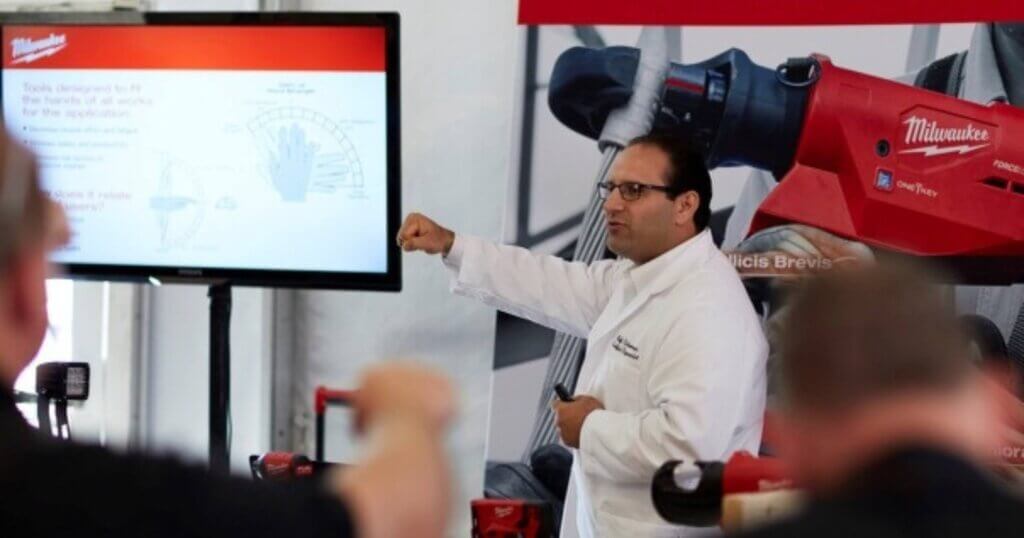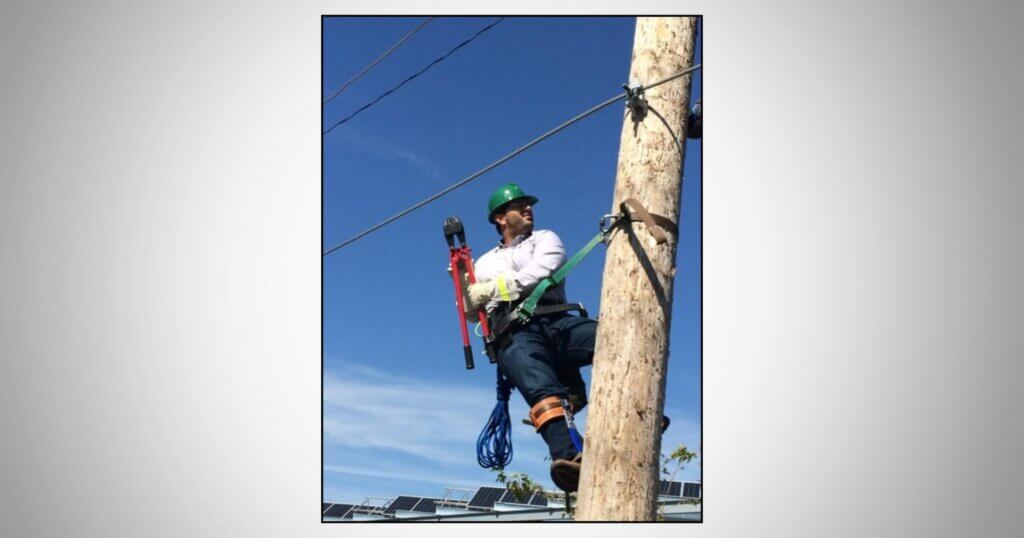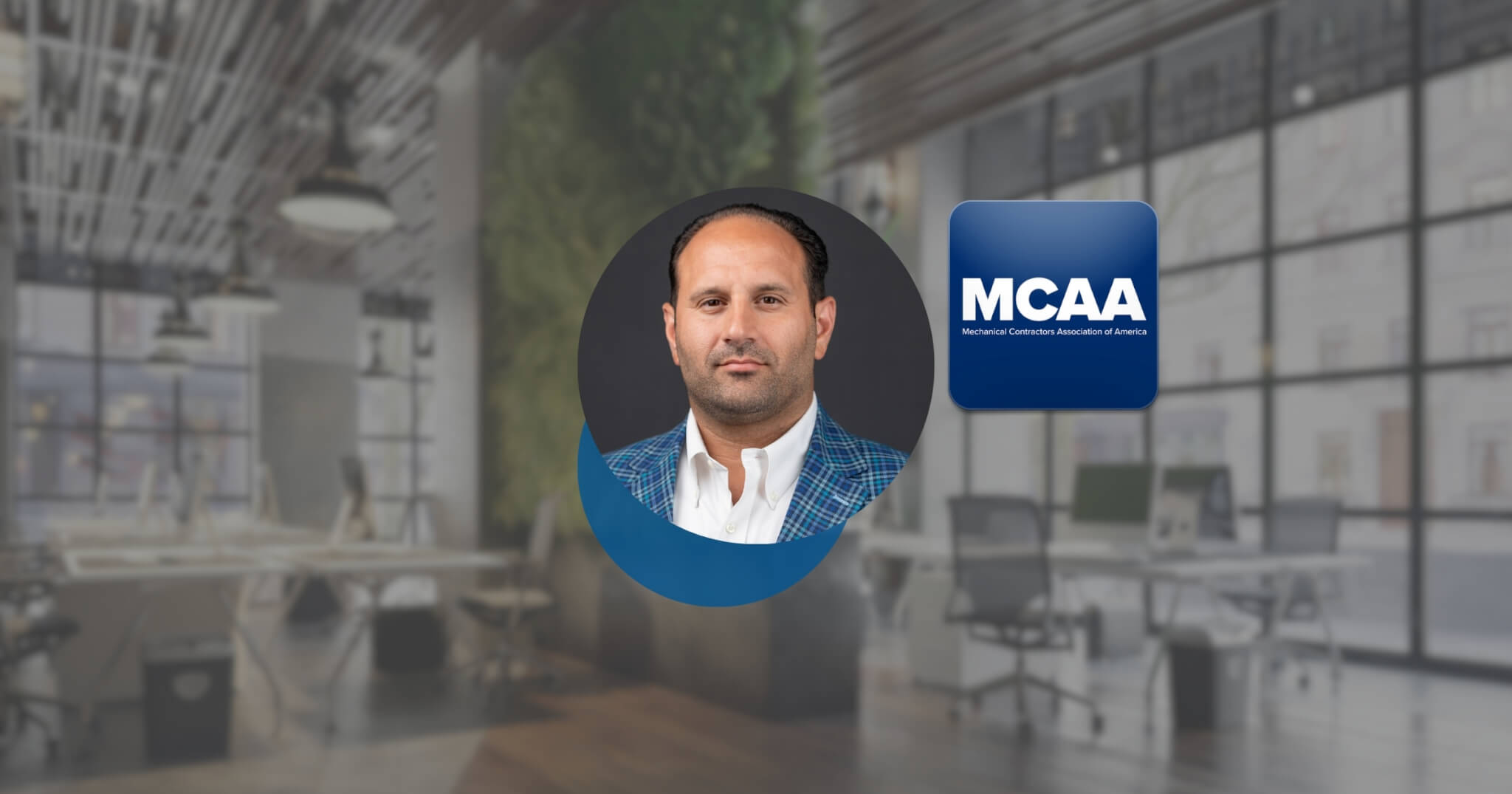Construction has long had one of the highest rates of injuries and fatalities across any industry in North America. While safety compliance and processes could become more stringent to help mitigate these issues, true change starts with construction safety culture.
Staff writer Mariah Moore sat down with Raffi Elchemmas, Executive Director of Safety, Health, and Risk Management at the Mechanical Contractors Association of America (MCAA), to discuss the past, present, and future of safety in construction. Here’s where the industry has started, and what it’s going to take to continue to make lasting change.

UTHH: We would love to talk a bit about your career, Raffi. What got you into construction and safety?
Raffi: “The path isn’t very linear for me. I went to Michigan State University to study kinesiology and human kinetics. I was an athletic trainer while I was there, and loved it. But I knew by the end of my time there that I loved health and the safety aspect of what I was doing the most.
I eventually went back and got my MBA in Chicago and went to work one summer for a tool manufacturer. At this point, I’m a certified ergonomist with a health background, and they asked me if I could take a look at how workers were getting injured using their tools. We created a program that helped redesign tools to be safe for workers. After 8 years making the tool industry safer in North America, I’m currently on the executive team at the MCAA, which represents 3,000 mechanical contractors who employ 375,000 workers in all areas of health and safety.”
UTHH: What did safety culture look like at the beginning of your career, and how has it evolved?
Raffi: “When I first started in safety, much of what jobsite safety looked like was simply regulatory compliance. That is to say, employers and workers alike viewed safety through simply following the rules. If you focus on compliance, you’ll fail. What our industry has found is that high injury rates are a sign of a lack of operational excellence, and you must go beyond OSHA regulations to have a truly first-rate safety culture.”
UTHH: What types of issues plague safety culture in construction today?
Raffi: “Safety professionals used to be called ‘safety cops’ on a jobsite, and in some places they still are. To change the issues that have plagued our industry’s safety culture, we must create a top-down approach that meets a bottom-up, everyday worker.
Safety starts at the top and is everyone’s responsibility. Once we get buy-in from everyone on a jobsite that we are each responsible for each other’s safety, I believe that culture starts to change and leads by example.”
UTHH: Any hot takes about current processes that could use a revamp?
Raffi: “My hot take on Stop Work Authority (SWA: a work procedure that gives employees the right to completely halt work when they identify a safety hazard) is that it needs to be dumped in the trash, and turned into a stop work obligation.
You don’t just have the right to stop work for unsafe behaviors, you have the obligation to. It’s your obligation to make me stop when you see me risking my life, it’s your obligation to my parents, to my wife, to my kids. They didn’t sign up to lose their father today, they didn’t sign up to live a life without me, because I was trying to save five minutes, all your colleagues didn’t sign up to witness a fatality today, or work at a place that has lost coworkers and friends. It’s all our obligation to protect each other.”

UTHH: Which types of technology (if any!) have contributed to bettering safety culture in construction?
Raffi: “We have seen technology significantly improve worker safety over the last few years, from apps that simplify training and education, to tools with technology to stop a blade or power down in an emergency. Some companies have adopted the use of exoskeletons on job sites to decrease muscle effort, ladder companies that created products to alert you when someone falls, and wearable sensors to track heart rate, body temp, perspiration, vibration, among many others. This area will continue to change rapidly over the coming years.”
UTHH: What can businesses do to improve safety culture in their workplace?
Raffi: “Simply empowering your workers and your teams can go a long way. Creating an internal safety and health committee is a good place to start. Investing in an incentive program will also help build a gamification approach. Where we once thought that safety incentives would encourage underreporting, it actually turned out that workers started to behave more safely.”
UTHH: Is it a masculinity or “toughness” thing that gets in the way of safety culture?
Raffi: “The same things that make so many construction workers great at their jobs, the toughness, the perseverance, the resilience, are the same things that contribute to a bit of a macho culture. Mental health in the construction space has been looked down on or shrugged off for years, but in the last five years or so, things have gotten exponentially better.”
UTHH: Speaking of mental health, what kind of health would most improve safety on the jobsite?
Raffi: “Since OSHA was enacted in 1970, we’ve spent 55 years focused on safety and how to protect the worker from the neck down. In my opinion, the future of construction safety is actually mental health and psychological safety, which are the things affecting our men and women on and off the job site. On average, in the US, we have over 45k deaths from suicide. That’s about one every 11 minutes. In construction, we have one of the highest rates of death by suicide across any industry, almost 4x higher than the general population.
In any given year, there are approximately 1,000 job site deaths; These are things like falls, electrocutions, trench collapse, etcetera. There are over 5,000 deaths by suicide in construction. Our industry is 5x more likely to lose a life by suicide than an industrial accident. By changing the culture and breaking the stigma, mental health awareness could be one of the biggest opportunities to make a difference in our industry in this century.”
Thanks to Raffi Elchemmas for spending the time to talk to us during such an important week. If you’d like to stay in the loop about construction industry spotlights, subscribe to the newsletter and follow us on LinkedIn!


